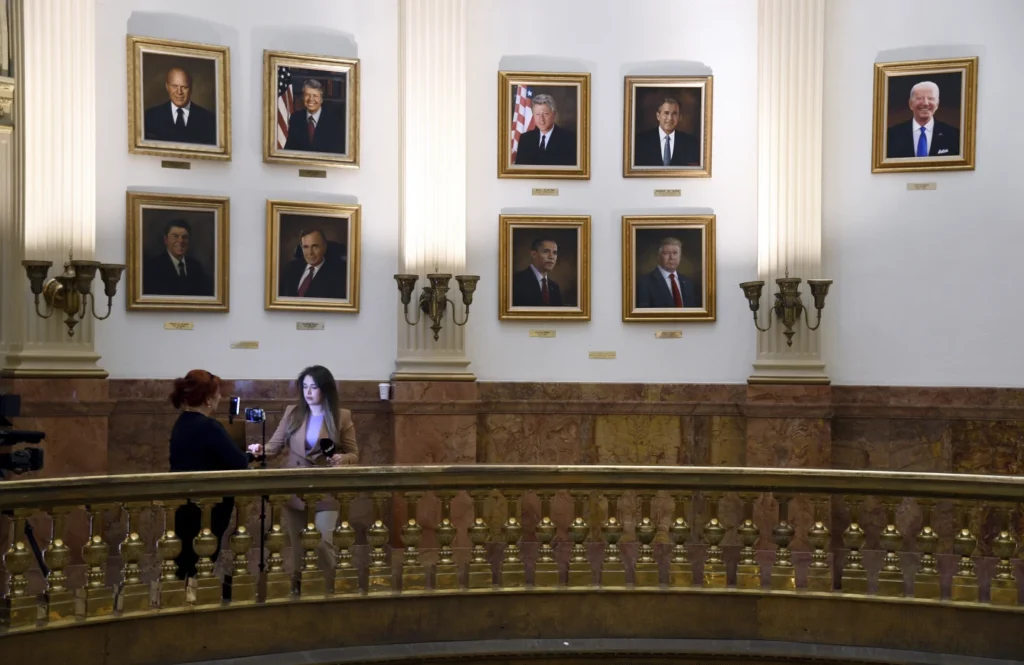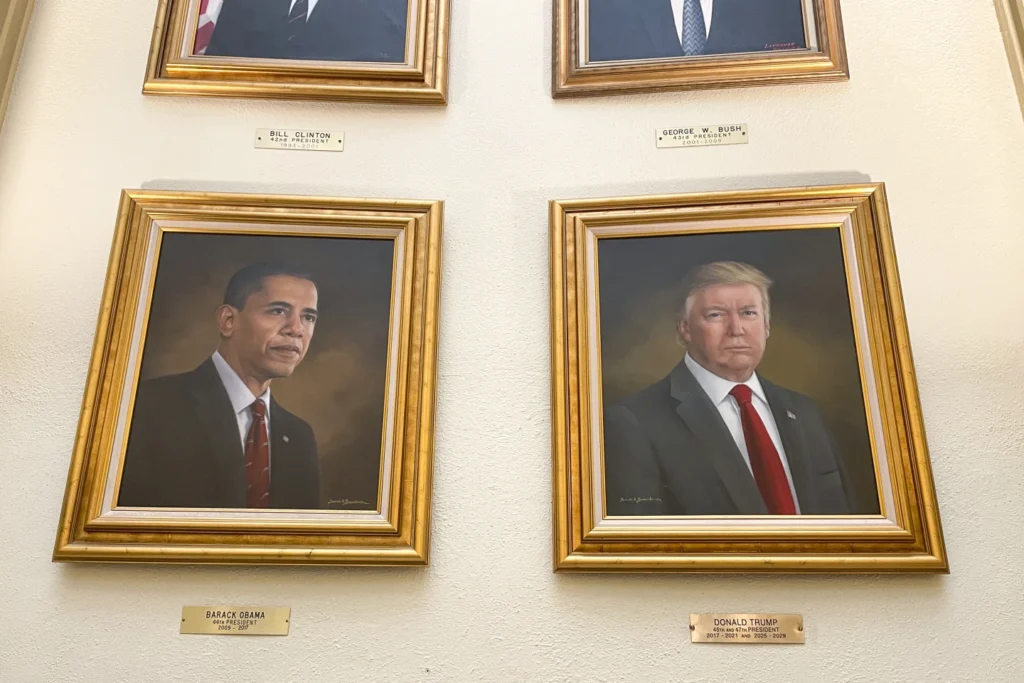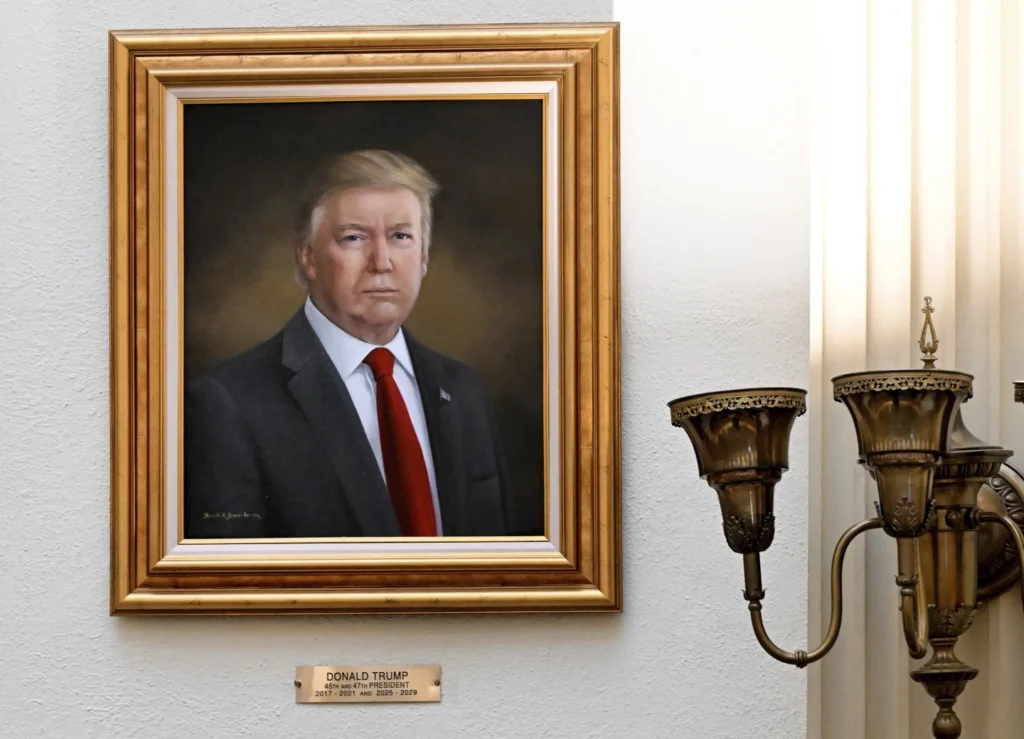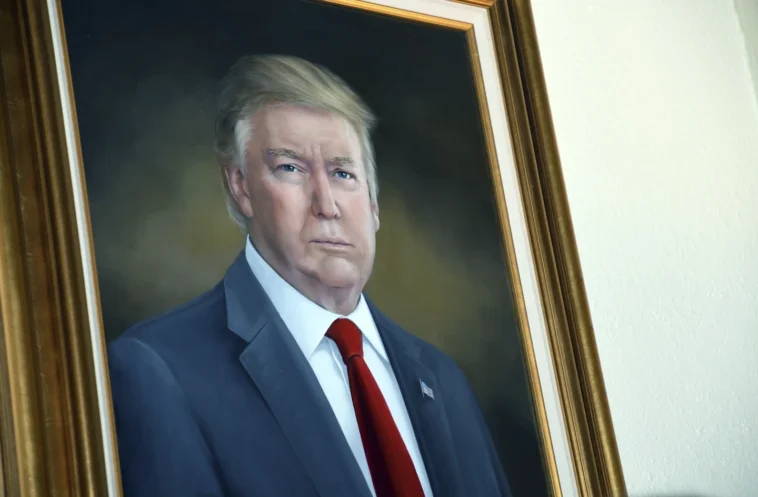The Colorado Capitol has removed a portrait of former President Donald Trump after he claimed the image was “distorted,” adding yet another chapter to the ongoing political tensions surrounding his legacy.
The portrait, which had been displayed among other presidential portraits in the Capitol building, was reportedly taken down after Trump publicly criticized its depiction of him, calling it an inaccurate representation. Supporters of the former president echoed his sentiment, while critics saw the removal as a continuation of the deep political divide within the state and the nation.

What Led to the Removal? Trump’s comments regarding the portrait’s “distorted” nature gained traction online, with some conservative commentators labeling it an intentional slight. The Colorado Citizens for Culture, the organization responsible for commissioning and maintaining the portrait collection, stated that the removal was due to concerns over public reaction and the growing controversy rather than an acknowledgment of the portrait’s alleged inaccuracies.

Political Fallout Reactions to the removal have been predictably polarized. Some conservatives view it as a sign of disrespect toward Trump, pointing to the decision as evidence of political bias within state institutions. Meanwhile, others argue that the former president’s remarks created unnecessary controversy over an otherwise standard piece of historical documentation.
Colorado, a state that has increasingly leaned Democratic in recent elections, has already been at the center of Trump-related legal and political battles. Most notably, the state’s Supreme Court ruled to bar Trump from its 2024 primary ballot under the 14th Amendment’s “insurrectionist” clause, a decision that was ultimately overturned by the U.S. Supreme Court.

What Happens Next? As of now, it’s unclear whether a new portrait of Trump will replace the one removed, or if Colorado’s Capitol will remain without a depiction of the 45th president. The incident raises broader questions about how former presidents are represented in public spaces and the ongoing cultural battles that shape their legacies.
What are your thoughts? Was the portrait’s removal justified, or is it another example of political bias? Let us know in the comments!




